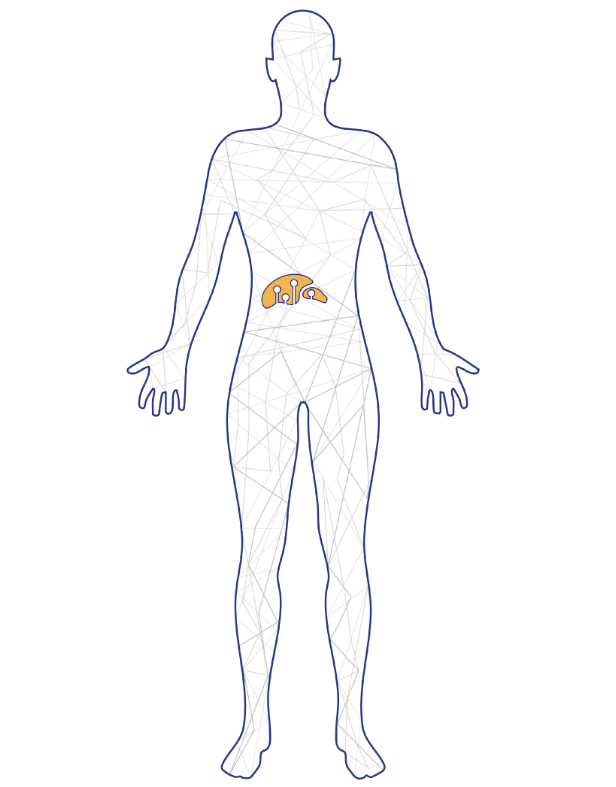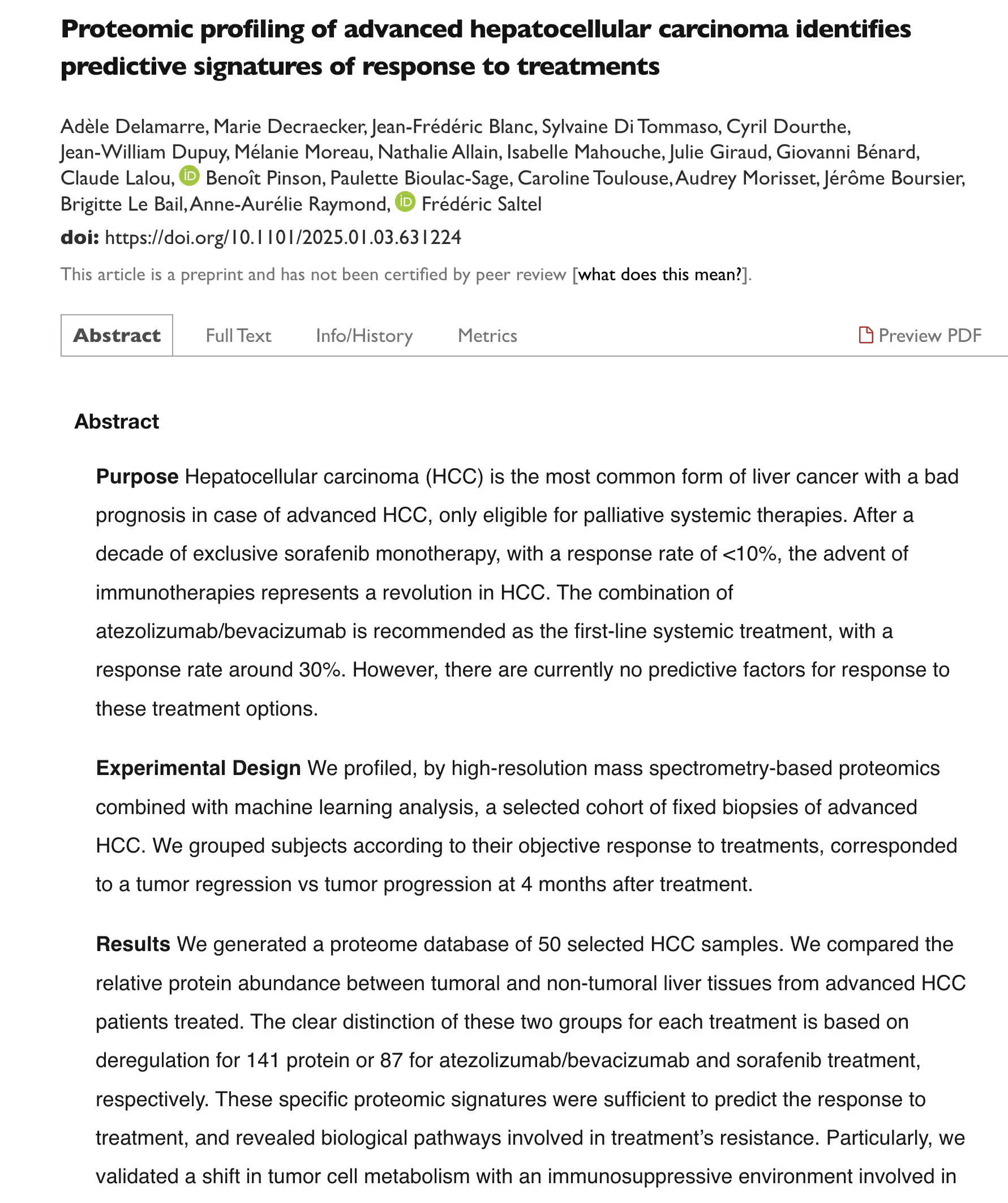You're in control
This website uses cookies. Cookies not only provide a better user experience, but also allow us to get to know you better. If you accept the recommended cookies, we can optimize your Browse experience thanks to the information you share with us. The choice is entirely yours.
Preferences
Privacy is important to us, so you have the option of disabling certain types of storage that may not be necessary for the basic functioning of the website. Blocking categories may impact your experience on the website. More information

Thank you! Your submission has been received!
Oops! Something went wrong while submitting the form.
















